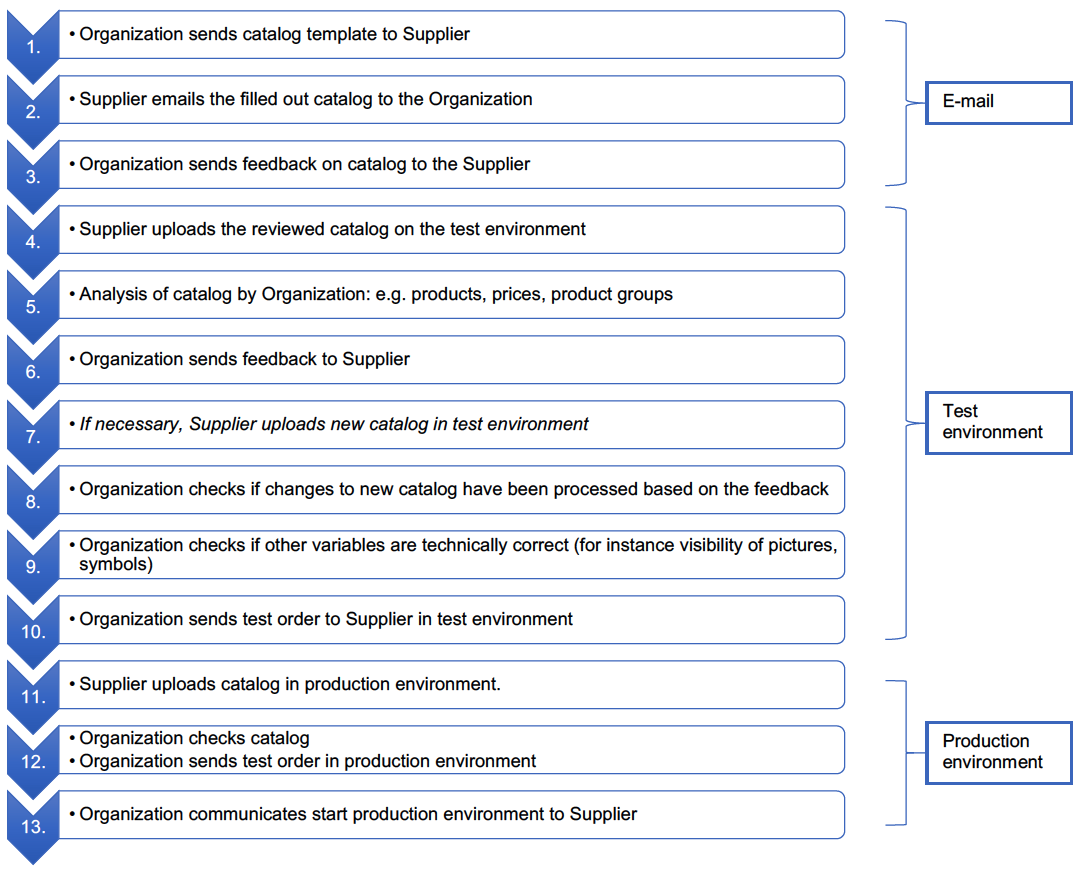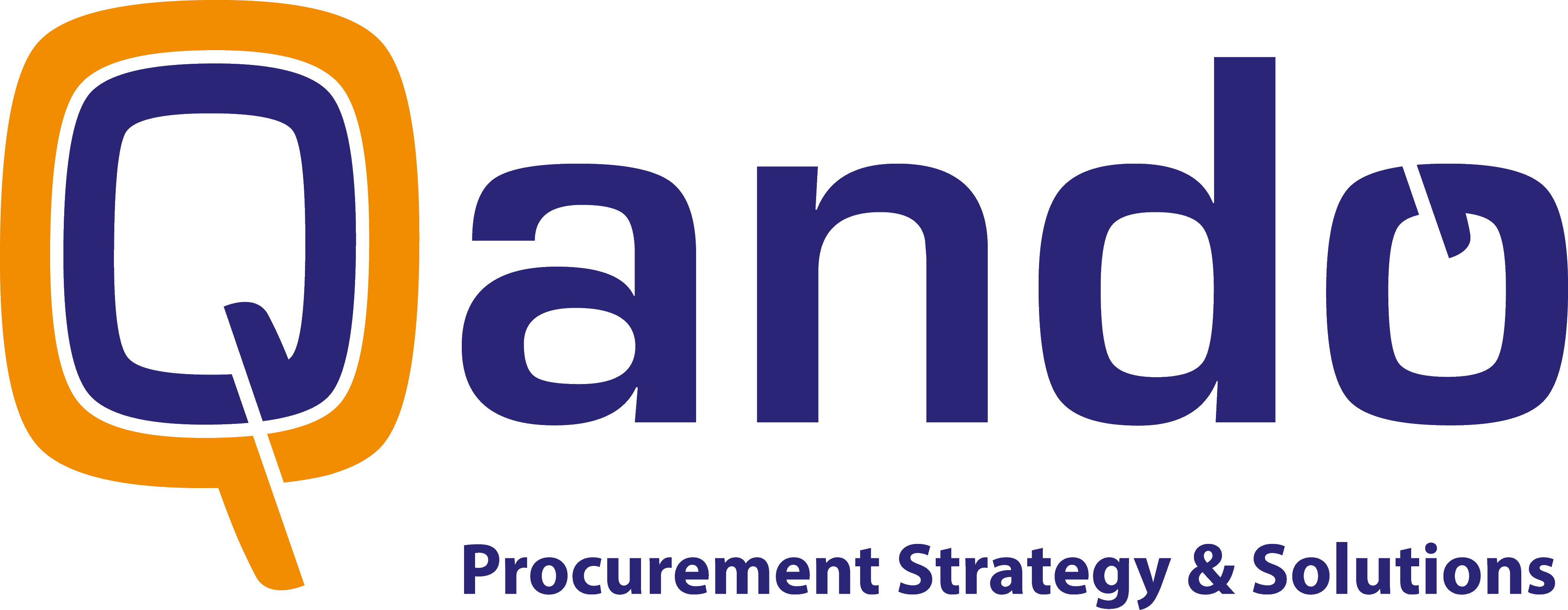Klik hier voor de Nederlandse versie
A smooth process for supplier onboarding in a Purchase-to-Pay implementation (P2P) is crucial for the success of new P2P-software. The number of suppliers and their uploaded catalogs also contributes directly to the experienced quality of new P2P-software by users. The standard process for supplier onboarding is often available but how do you ensure a successful execution of supplier onboarding?
This blog provides you with insights for success and failure when executing a supplier onboarding process, these insights are provided to you by our consultants who have hands-on experience in implementing new P2P software.
Process supplier onboarding
The process of supplier onboarding is presented schematically in the overview below. This process would be tailor-made for each organization. Some steps might have to be repeated, for instance when a supplier receives an error while uploading its catalog in the new P2P-software; then the catalog has to be re-examined for identifying the error.

Figure: Basic process supplier onboarding
Success and failure
In the process for supplier onboarding, there are a number of items that are relevant for every stakeholder in a P2P-implementation. Please find the hands-on insights from our consultants below.
Collect information from the supplier
Before starting the supplier onboarding process, collect information about the suppliers’ attitude towards the intended P2P-implementation. Ask questions about the operational and tactical/strategic contacts, the costs, the internal planning and so on.
We would like to emphasize the importance of clarity about the contact persons. The process of filling out and uploading catalogs by the suppliers might be outsourced to an external party or taken care of by an internal support employee. An external party with experience in P2P-implementations probably has a better understanding and works faster. In the case of an internal support employee, you will have to spend more time and give more attention towards the explanation of the catalog template.
Clarity and consistency
It is important to have a clear and consistent communication towards suppliers. When you contact a supplier, ask for fixed dates for delivering the required items. This will enable you to manage the compliance of suppliers towards these dates. In addition, discuss thoroughly within your organization and with the supplier which fields are mandatory, the must haves, and which fields are nice to have. Naturally, the supplier will fill out this last category less quickly but it is important to involve the supplier in your organization’s priorities. That way the supplier will understand you better and delivers the required items faster.
Standardize and secure work
Make sure to set-up e-mail templates for default items you are reviewing for suppliers, for example when reviewing a catalog. This will save you a lot of time, reduces the turnaround time towards suppliers and helps you to map issues & solutions in a structured way. Securing issues & solutions means collecting cases (and associated e-mail templates) in a shared folder and discussing them periodically - for example in a daily stand-up meeting. The implementation team can learn from these cases right away, so the individual team members don’t need to go through the same problem solving process again.
Attitude towards suppliers
Involve the supplier in the entire process of supplier onboarding. The process includes many checks and balances and this will be time-consuming for the supplier. Explain the contents of the process and which people are involved from your organization.
Since the supplier invests a substantial amount of time for filling out and uploading the catalog, we recommend to review the uploaded catalog carefully and reply with all your feedback at once – rather than retuning with additional feedback to the supplier multiple times. If a supplier encounters errors during uploading a new catalog, please do let the supplier know that this is inconvenient to you as well and make sure to express your gratitude towards the supplier for trying to upload the catalog.
Finally, use a control layer to check if a supplier actually received a test order. By actively approaching suppliers, you show them that they are valuable to your organization and at the same time it becomes clear to you whether they understand the notifications from the new P2P-software or not. This is relevant in both the test environment and the production environment.
Communication after go-live
When the go-live of the new P2P-software has passed, it is important to keep in touch with the supplier about any follow-up steps. Make sure you to ask if the contact persons from the supplier during the P2P-implementation will also be the contacts after the implementation – write down any changes. Naturally, you should also inform the supplier who they can contact in case of any questions in the future.
More information
Would you like to know more about the implementation of procurement software and P2P-software in particular? Please take a look at our information page.





